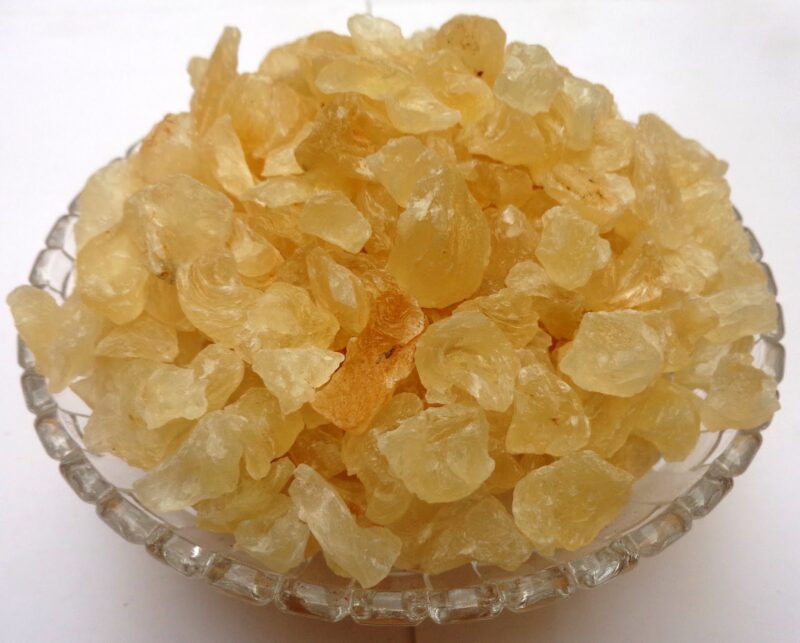Summer has its downsides, but one undeniable perk is enjoying sweet, juicy watermelon. It’s refreshing, hydrating, and packed with nutrients to help you stay cool in the heat. However, did you know that your watermelon could be adulterated? Experts warn that some vendors artificially enhance the bright red color of the fruit to sell unripe ones at a lower price. But don’t worry, we have a simple trick to help you ensure your watermelon is safe and healthy, thanks to content creator Adithya Nataraj, known as ‘@learnwithadithya’ on Instagram. Let’s dive in.
Adulteration in Watermelon: Is Your Fruit Safe?
In an Instagram Reel that has garnered over a million views and thousands of likes, Adithya Nataraj reveals that the most common adulterant in watermelon is Erythrosine B, a red dye used to make the fruit appear ripe and juicy. This dye also extends the shelf life of the watermelon.
But why is Erythrosine B dangerous? According to WebMD, consuming Erythrosine B can cause nausea, vomiting, diarrhea, stomach pain, and loss of appetite. A study in the Current Research in Nutrition and Food Science Journal adds that this toxic compound can affect embryos, increasing the risk of infertility.
Quick Test to Detect Watermelon Adulteration
Here’s a simple test to check if your watermelon is adulterated. You’ll need a cotton ball and a watermelon. In Adithya Nataraj’s video, he demonstrates cutting the watermelon in half and rubbing a cotton ball on the red flesh. If the cotton ball changes color (i.e., turns red), the fruit is contaminated and unsafe to eat.
How to Choose a Good Watermelon
Food and travel guide Taste Atlas shares some easy tips for picking a good watermelon on their official Instagram:
- The Shape Test: Choose round watermelons, which are typically sweeter. Elongated ones tend to be watery and less flavorful.
- The Color Test: A ripe watermelon has dark, matte skin. Avoid pale and shiny ones, which are usually unripe and prematurely sold.
- The Spot Test: Look for an orange spot on the outer skin, indicating good flavor. Watermelons with a white field spot are often tasteless.
- The Web Test: The more webbing (brown, web-like markings) on the skin, the sweeter the fruit. Watermelons with less webbing are generally bland.
By following these tips and testing for adulteration, you can enjoy your watermelon without any worries this summer.







